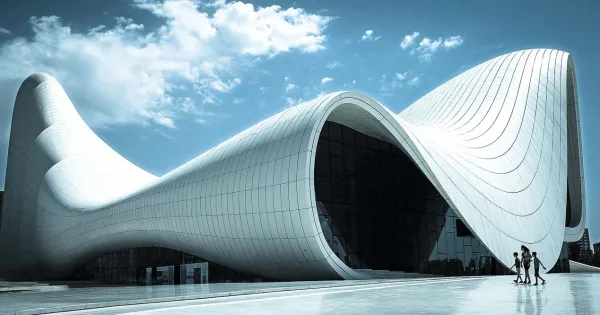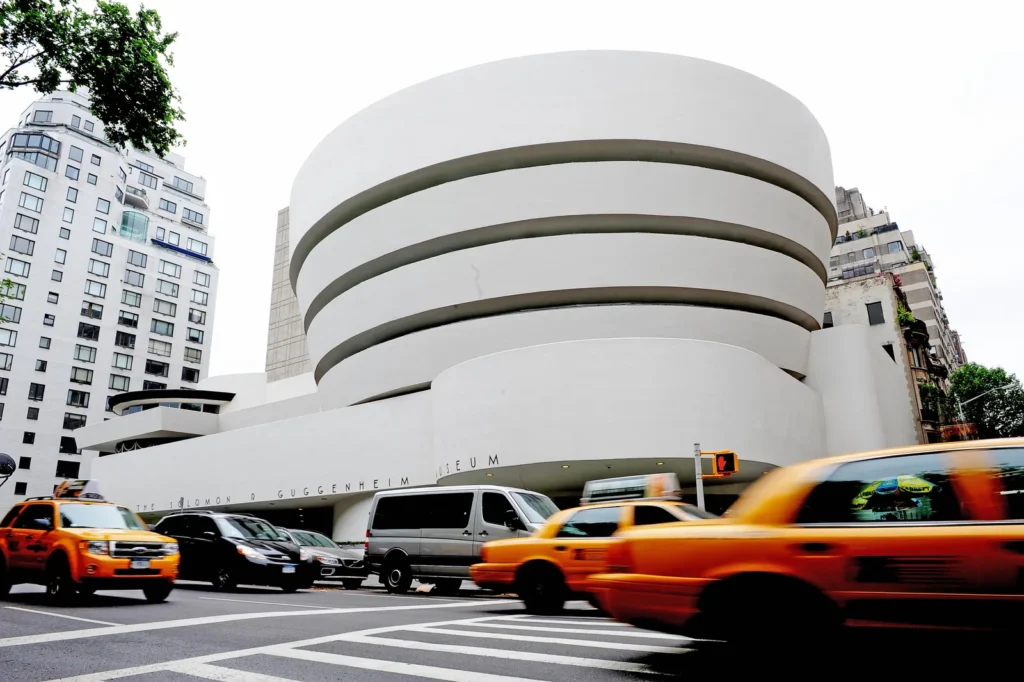Architectural masterpieces are celebrated for their design excellence and artistic expression, embodying the pinnacle of architectural creativity. Capturing these masterpieces through photography involves highlighting the unique elements that make them stand out, from intricate details to grand proportions. This article explores the techniques and considerations for photographing architectural masterpieces to showcase their true grandeur and artistic value.
Emphasizing Design Excellence
Architectural masterpieces are defined by their exceptional design. To capture this excellence, use wide-angle lenses to encompass the full scope of the structure and its surroundings. Focus on grand features such as expansive facades, unique shapes, and innovative design elements. Experiment with various angles to reveal the building’s scale and complexity, highlighting the ingenuity and creativity behind its design.
Mastering Lighting for Impact
Lighting is crucial in capturing the full beauty of architectural masterpieces. Natural light is often ideal, as it enhances the building’s textures and materials. Shoot during the golden hours—early morning or late afternoon—when the light is soft and warm, creating a flattering effect on the architecture. For interiors, blend natural light with artificial lighting to highlight the design features and create a balanced, inviting atmosphere.
Showcasing Intricate Details
The beauty of architectural masterpieces often lies in their intricate details. Use high-resolution cameras to capture these details clearly. Focus on elements such as decorative moldings, custom materials, and artistic embellishments. Close-up shots can reveal the craftsmanship and precision involved in the design, while wide shots provide context and showcase how these details contribute to the overall masterpiece.
Capturing Grand Exteriors
The exterior of an architectural masterpiece is as important as the interior, reflecting its grandeur and innovation. Photograph the facade, landscaping, and any distinctive architectural features to provide a comprehensive view. Aerial shots using drones can offer a unique perspective, showcasing the building’s layout and its relationship with the environment. Twilight or evening shots can add a dramatic effect, highlighting exterior lighting and creating a captivating visual impact.
Applying Composition Techniques
Effective composition is essential for showcasing architectural masterpieces. Utilize techniques such as the rule of thirds, leading lines, and framing to enhance the visual appeal of each shot. Symmetrical compositions can emphasize balance and harmony, while asymmetrical compositions can introduce dynamic elements. Thoughtful composition helps draw attention to the building’s most impressive features and conveys a sense of artistic sophistication.

Highlighting Artistic Expression
Architectural masterpieces often embody artistic expression and innovation. Capture shots that highlight the creative aspects of the design, such as unusual shapes, bold colors, and innovative use of materials. Focus on elements that reflect the artistic vision behind the structure, showcasing how the building pushes the boundaries of conventional design.
Expert Post-Processing
Post-processing is crucial for refining the final images of architectural masterpieces. Use editing software to adjust brightness, contrast, and color balance, ensuring that the images look polished and professional. Avoid over-editing; the goal is to enhance the building’s features while maintaining a natural and authentic appearance. Subtle adjustments can improve the overall presentation and emphasize the masterpiece’s design excellence.
Capturing Context and Surroundings
Including the context and surroundings of an architectural masterpiece can enhance the viewer’s understanding and appreciation of the design. Photograph how the building interacts with its environment, whether it’s nestled in a natural landscape or integrated into an urban setting. Contextual shots provide insight into the building’s scale and its relationship with its surroundings, adding depth to the portrayal of its grandeur.
Conclusion
In conclusion, capturing architectural masterpieces requires a focus on design excellence, intricate details, and artistic expression. By mastering lighting techniques, applying effective composition, and emphasizing the building’s grand exteriors and unique features, photographers can create stunning images that reflect the true artistry of architecture. Expert post-processing further enhances the visuals, making them a powerful tool for presenting the pinnacle of architectural design. For those seeking to celebrate and showcase the finest in architectural creativity, capturing architectural masterpieces offers an unparalleled glimpse into the world of exceptional design and innovation.

